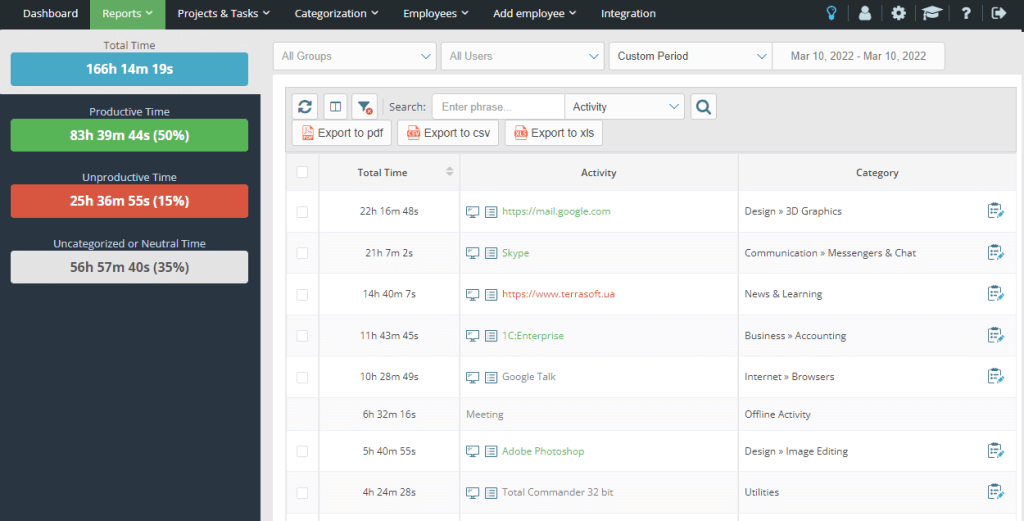The Impact of Workplace Stress on Productivity
Employees who feel constantly overwhelmed struggle to maintain high productivity levels. Excessive workloads, unclear expectations, and lack of structured work processes lead to stress, reduced efficiency, and ultimately, burnout. When workers operate under continuous pressure, their ability to focus declines, errors increase, and motivation suffers.
For managers, employee overwhelm presents a major challenge. High-stress levels can result in missed deadlines, reduced engagement, and an increase in turnover. Recognizing the early signs of stress and workload mismanagement is crucial for maintaining a healthy and productive work environment.
Why Employees Feel Overwhelmed
Several factors contribute to employees feeling overwhelmed at work. Poor time management, excessive meetings, and unclear task prioritization create inefficiencies that hinder productivity. Without a clear structure, employees may find themselves constantly reacting to urgent tasks instead of proactively managing their workload.
In many cases, employees are expected to multitask, leading to fragmented focus and slower progress on key projects. When their workload is not monitored effectively, work-life balance suffers, increasing stress levels and reducing overall performance.
Common Causes of Workplace Overwhelm
- Lack of clear task prioritization. Employees struggle when they do not know which tasks require immediate attention.
- Too many meetings and interruptions. Unnecessary meetings and constant notifications disrupt workflow and increase stress.
- Unrealistic deadlines and expectations. Excessive demands lead to long working hours and decreased motivation.
- Multitasking and task switching. Employees lose efficiency when forced to juggle multiple responsibilities simultaneously.
- Unstructured workflows. Without clear processes, employees spend more time organizing their tasks than completing them.
Identifying and addressing these issues helps reduce stress and improves overall efficiency.
Effective Strategies to Reduce Workplace Overwhelm
Organizations must take proactive steps to minimize employee stress and create a structured work environment. Establishing clear goals, limiting distractions, and optimizing work schedules can significantly improve productivity and job satisfaction.
When employees have a clear understanding of expectations and access to the right tools, they can manage their workload effectively. Proper workload management ensures that employees stay focused on high-priority tasks without feeling constantly pressured.
Practical Methods to Manage Workload Effectively
- Set clear priorities and deadlines. Well-defined objectives help employees manage their time better.
- Limit unnecessary meetings. Reducing non-essential meetings allows employees to stay focused on their core responsibilities.
- Encourage regular breaks. Short breaks throughout the day prevent burnout and enhance concentration.
- Implement structured workflows. Organizing tasks in a systematic way reduces confusion and stress.
- Promote a healthy work-life balance. Encouraging employees to set boundaries prevents excessive overtime and exhaustion.
A structured approach to workload management helps employees stay productive without feeling overwhelmed.
How a Time Tracker Helps Manage Workload and Reduce Stress
A time tracking system Yaware provides valuable insights into how employees spend their working hours. By analyzing tracked data, managers can identify inefficiencies, redistribute workloads, and ensure that employees are not overburdened.

Tracking work hours helps employees develop better time management habits. By visualizing how time is allocated across different tasks, they can make informed decisions about prioritization and improve overall efficiency.
Key Benefits of Using a Time Tracker
- Identifies workload imbalances. Helps managers redistribute tasks to prevent employee burnout.
- Optimizes time management. Provides employees with a clear understanding of how they spend their time.
- Reduces unnecessary distractions. Tracks non-productive activities and highlights areas for improvement.
- Enhances accountability and transparency. Employees stay on track with assigned tasks and deadlines.
- Supports healthier work habits. Encourages better work-life balance by monitoring excessive overtime.
By integrating a time tracker into daily operations, businesses can foster a more efficient and less stressful work environment.
Take Control of Employee Workloads with Smart Time Management
Reducing workplace stress requires a strategic approach to workload management. Implementing clear priorities, structured workflows, and time tracking tools helps employees stay focused and engaged without feeling overwhelmed.
🎯 Optimize your team’s productivity today! Sign up for Yaware.TimeTracker and get 14 days of free access.

